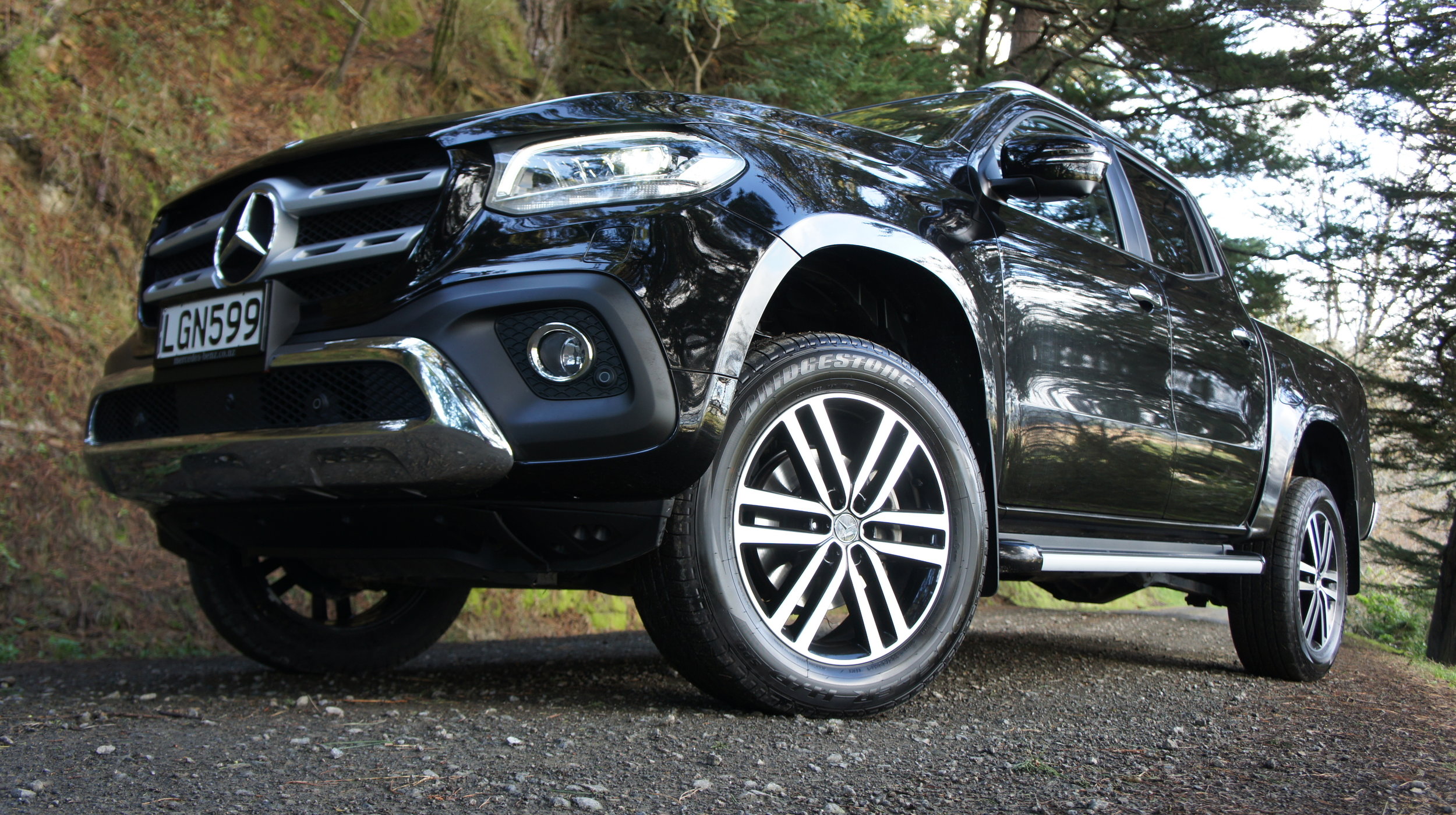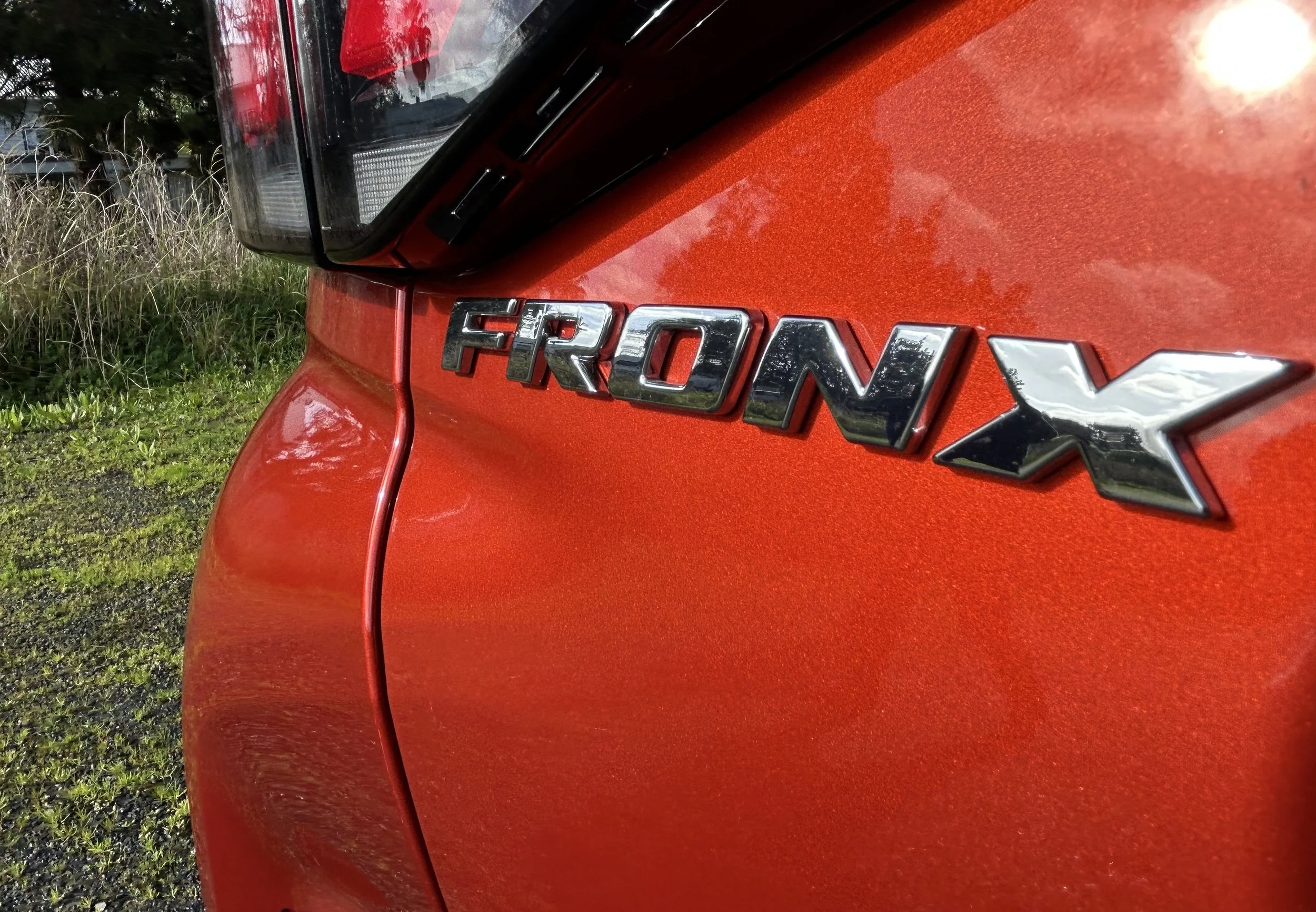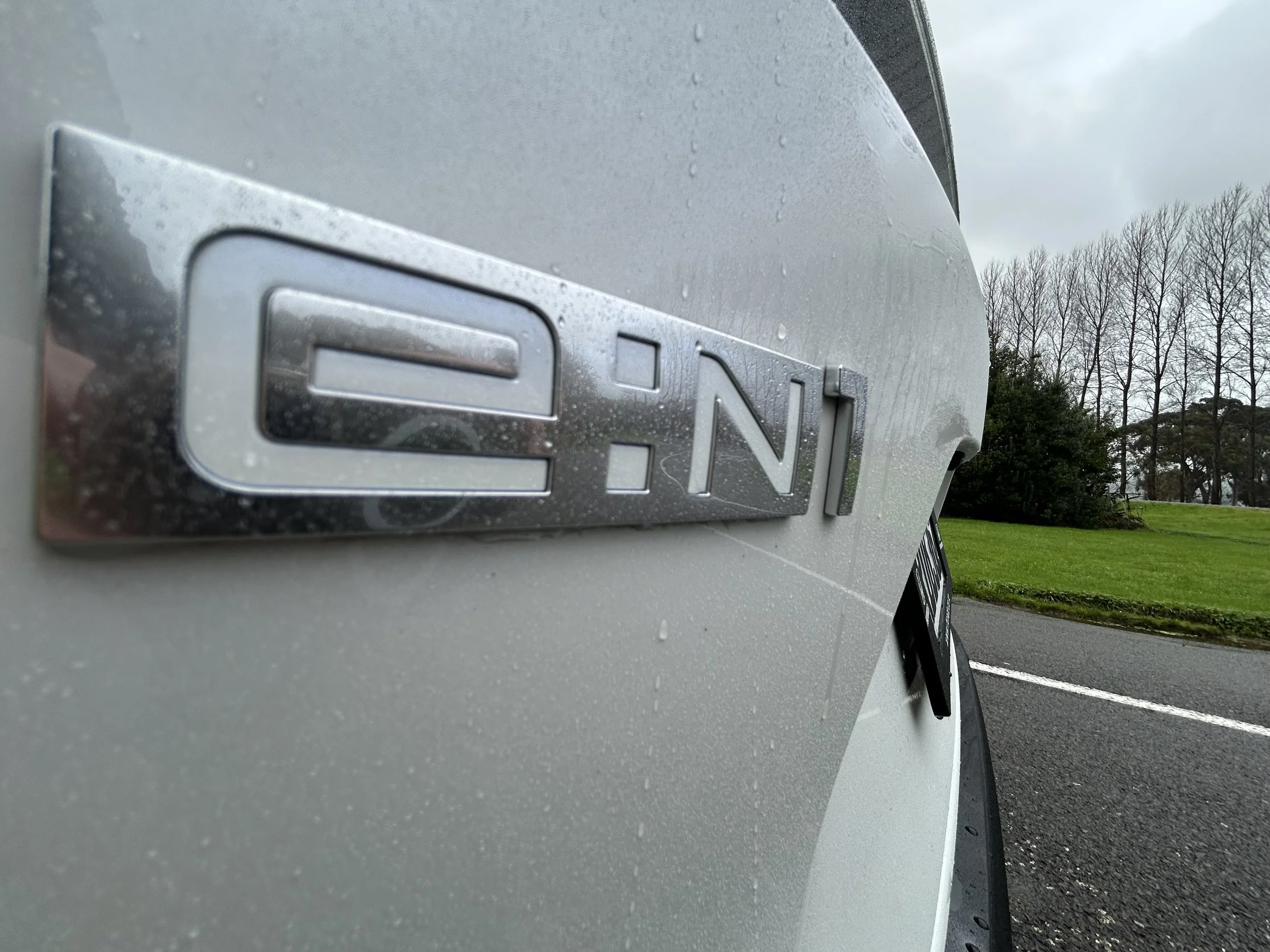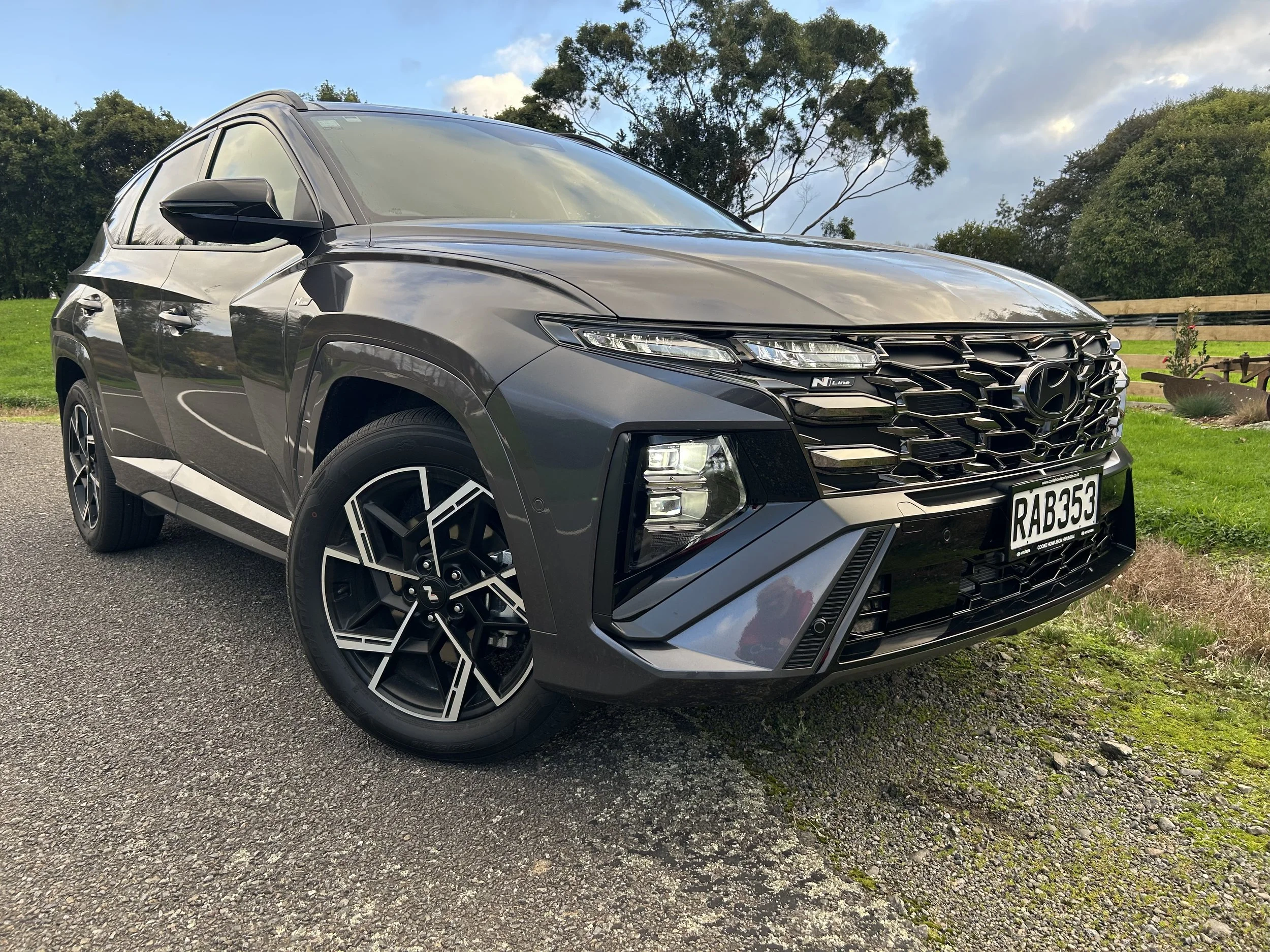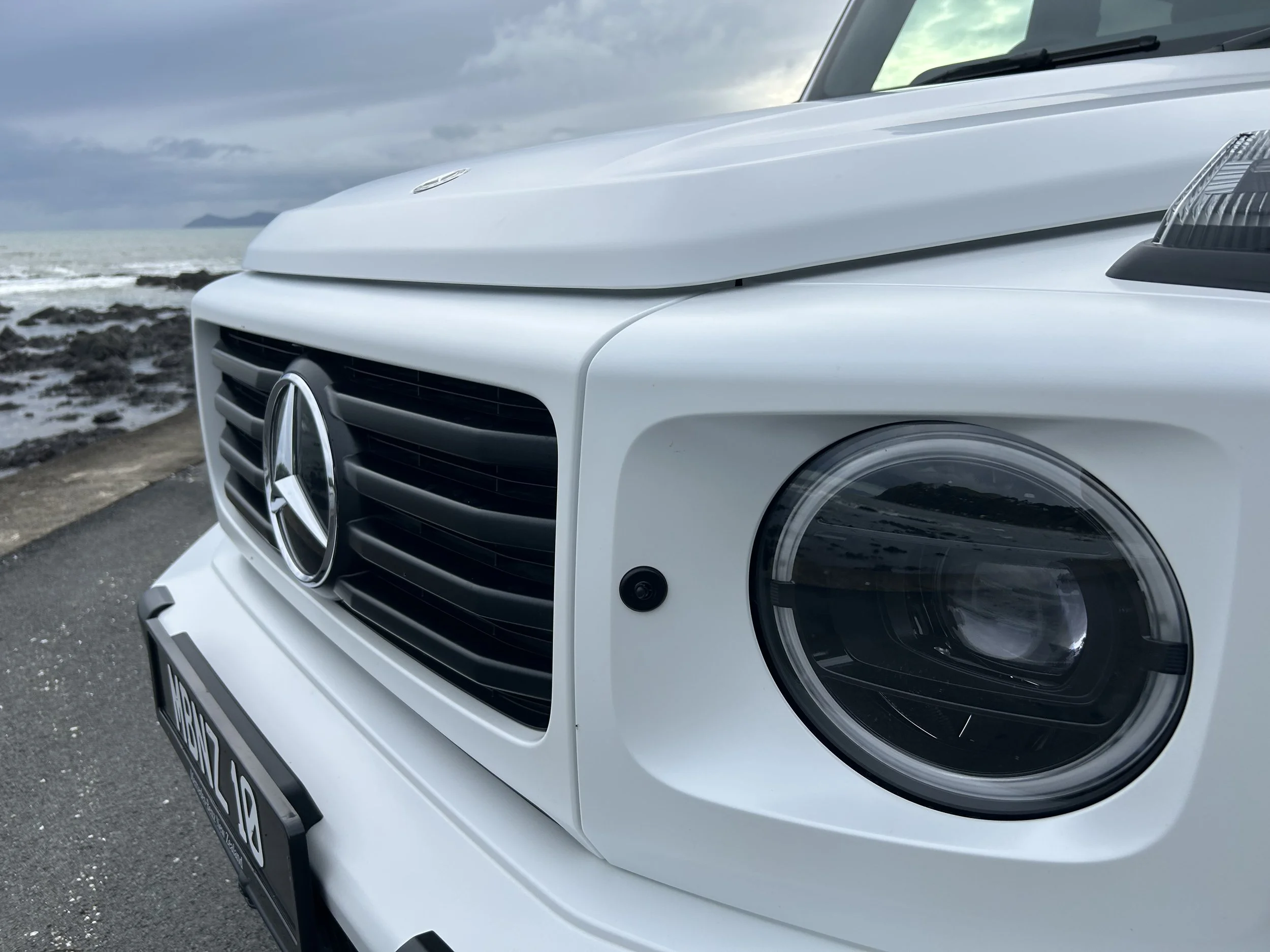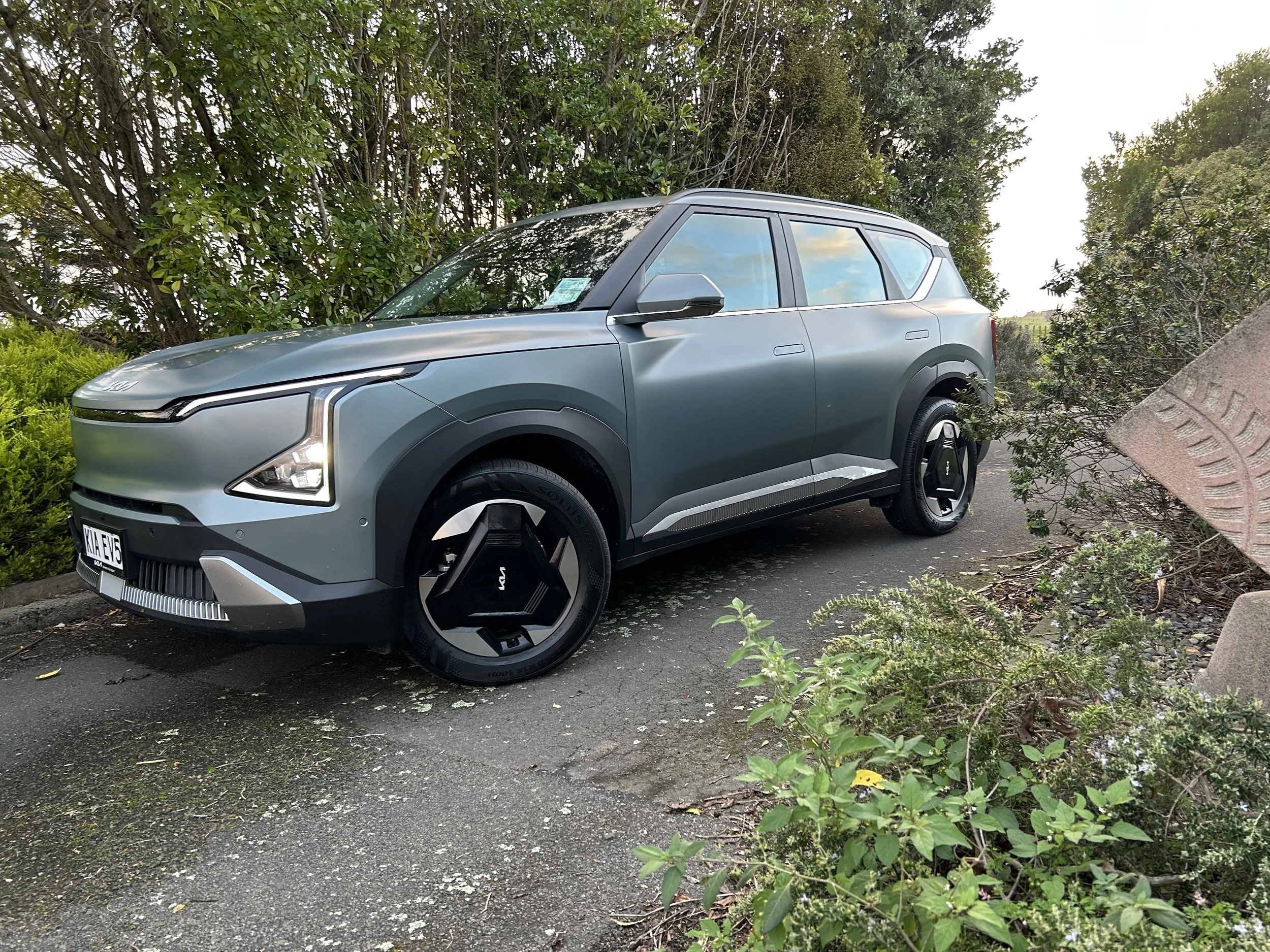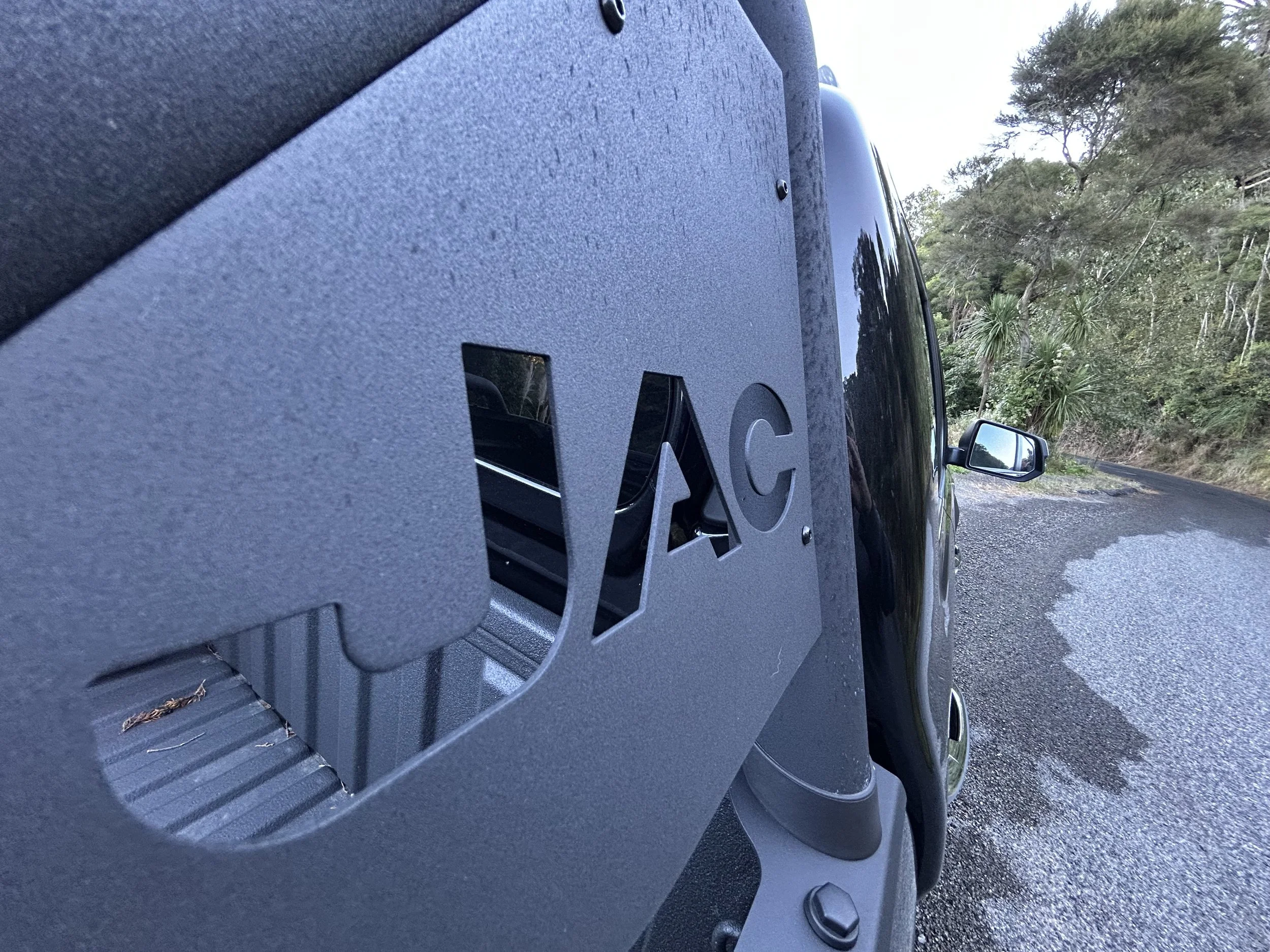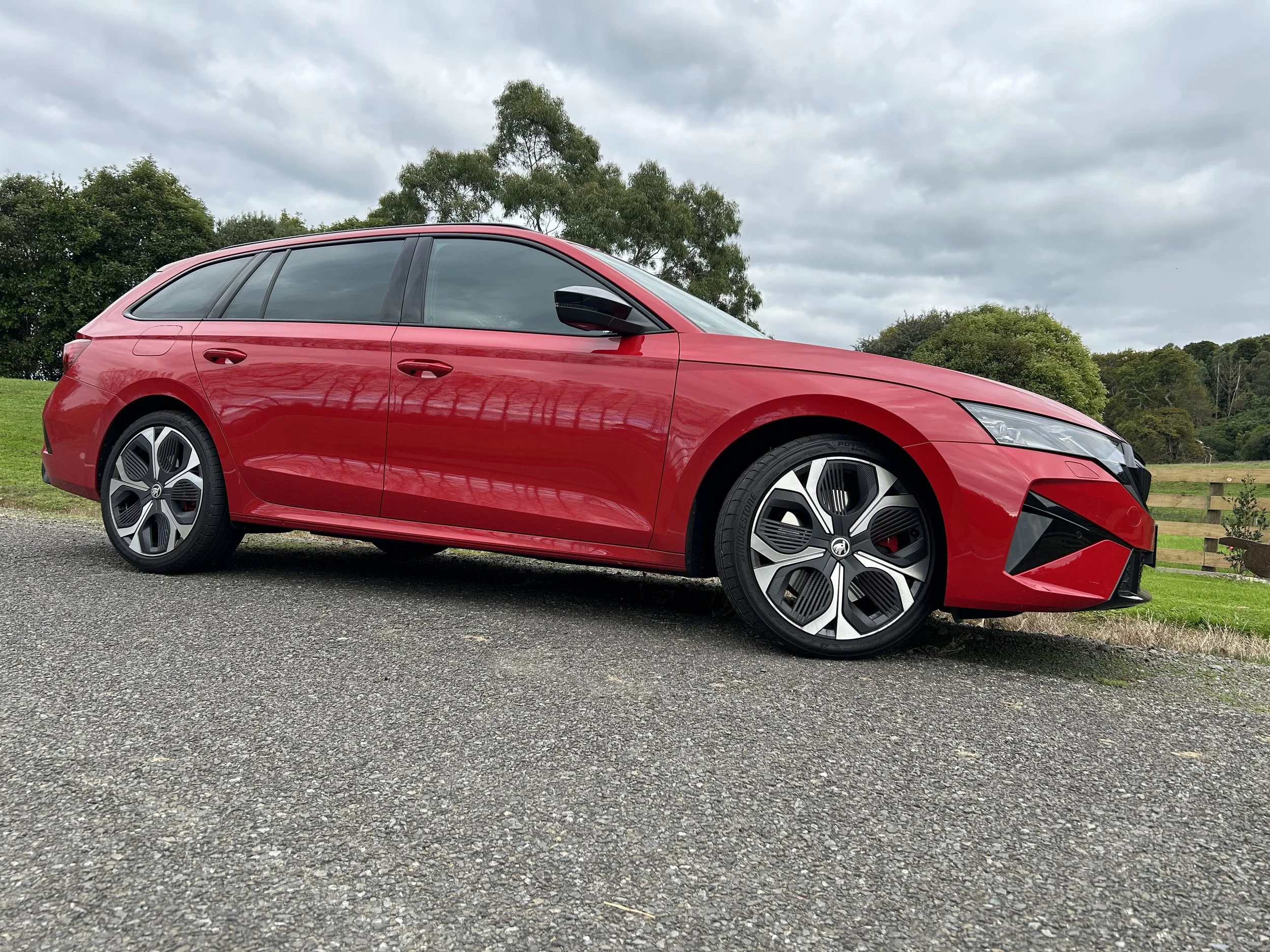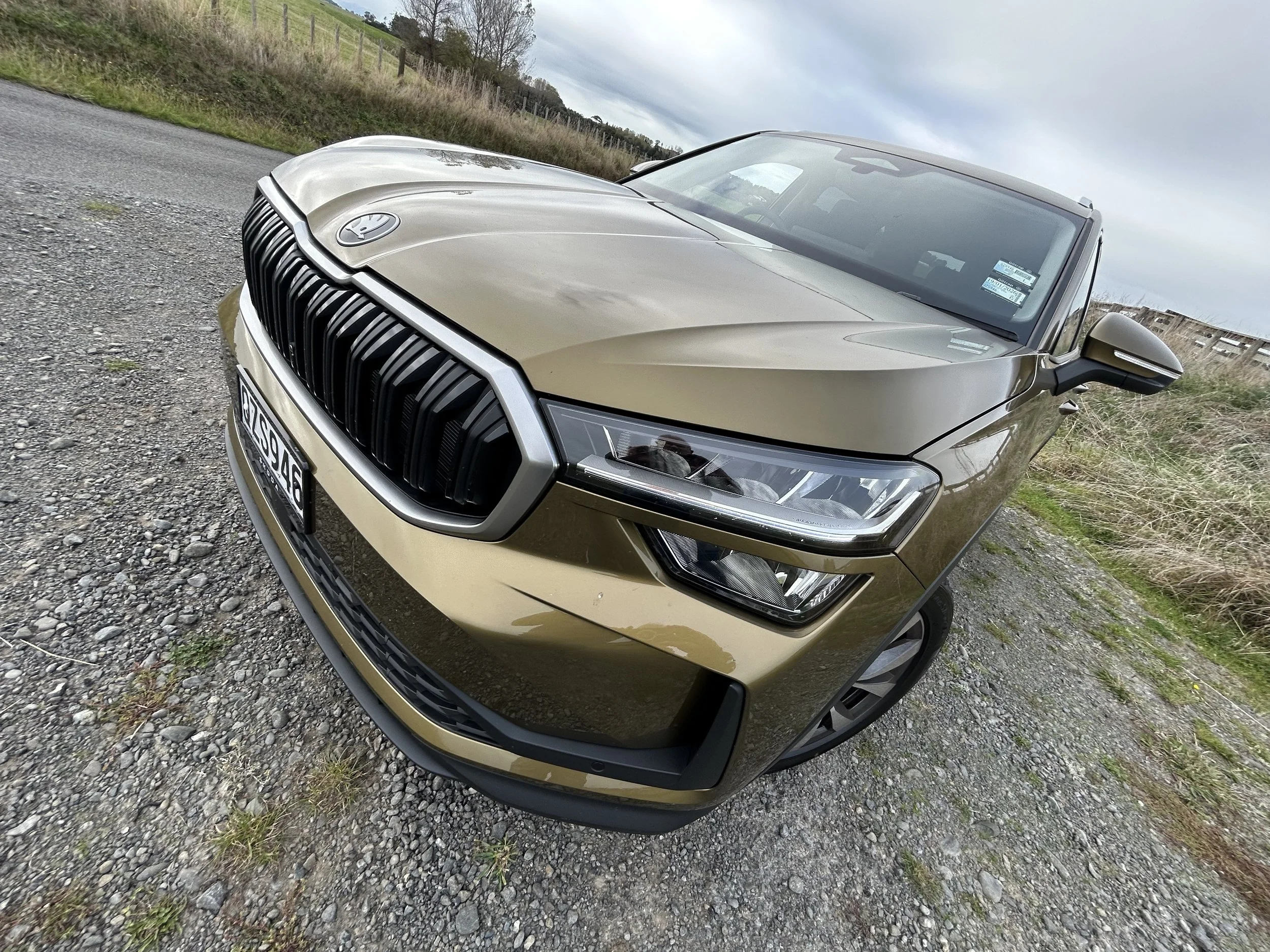X250d Power: Star in the making
/The X-Class ute makes a powerful status statement – but is it any good?
ANYONE wondering how much difference really separates the Mercedes X-Class and it’s Nissan donor need do nothing more than check out the high stop light, on the back of the cab.
The Benz item is exactly the same shape as that on the Navara. But it projects out around 80mm more.
Because? A Navara-owning mate has a theory. It’s to do with when it rains. On his truck, water striking the light cover can on occasion be pulled by the slipstream onto the rear glass. Not a huge deal, but annoying.
Anyway, Nissan has never bothered to implement a fix. Mercedes appears to have. During the time testing the X250d Power, it rained. Heavily. That rear glass remained dry. Was this due to the light cover being just that little bit longer? It’s difficult to think of another reason.
Not that Mercedes stopped there. So often, with conjoined vehicles, comparison can be brutal. A cross-check of my friend’s brand-new Navara ST-X didn’t work out that way.
We measured them up both literally and on the road. Frankly, Benz owners can truly be satisfied that even though these two models are built on the same line and have common running gear – a 2.3-litre Renault twin-turbocharged four-cylinder diesel engine transferring identical outputs (140kW/450Nm) via a seven-speed automatic transmission, part-time 4x4 system, with a locking rear diff and low-range gearing – they are hardly twins.
You will know, of course, that the Benz has its own suspension and steering calibration, its own unique sheetmetal and interior design, is the first truck with autonomous emergency braking and one of the first with rear disc brakes.
Yet it takes a measuring tape to reveal just what the difference in bodywork really means. Yes, the X-Class is tangibly wider and slightly longer in body dimension. But it is also obviously wider within the cabin, the extra effected through the door interior shape. Also, the tray has extra width and length. It also shallower. However, that is for good result: To enable a change of wheel arch shape that allows to it accommodate a pallet - a feat denied the Navara.
The cabins are very different of course, so too the kit content. On the first drive of the Mercedes, I was sure the Germans had replaced and even lowered the front seats. They have not. The seats and seating placement are identical. Yet the seat back, and squab, in the Benz is softer, more form-fitting, more compliant. So you sense being sit in it; whereas you’re ‘on’ the Nissan chair. Another small touch that makes a big difference.
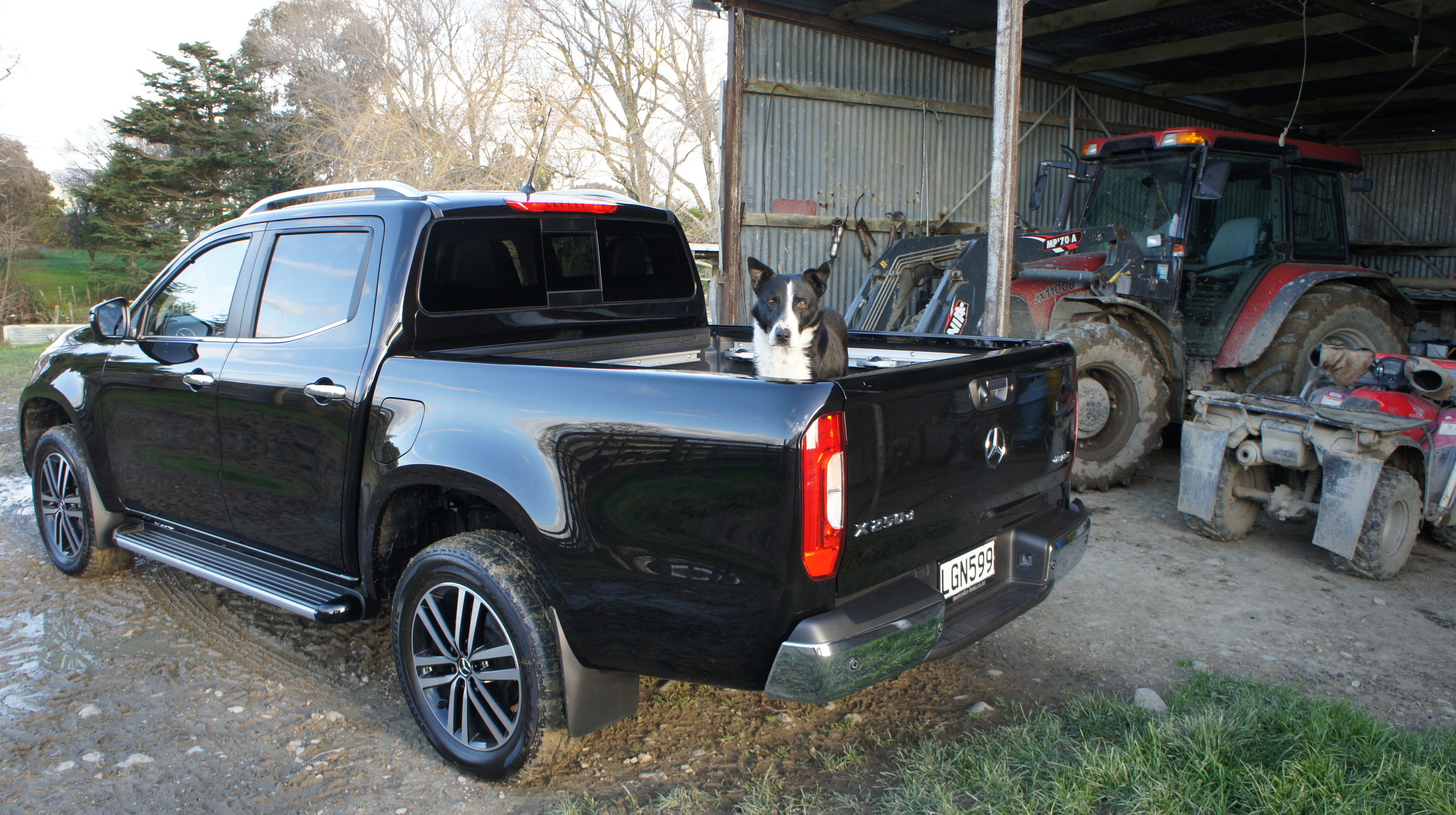
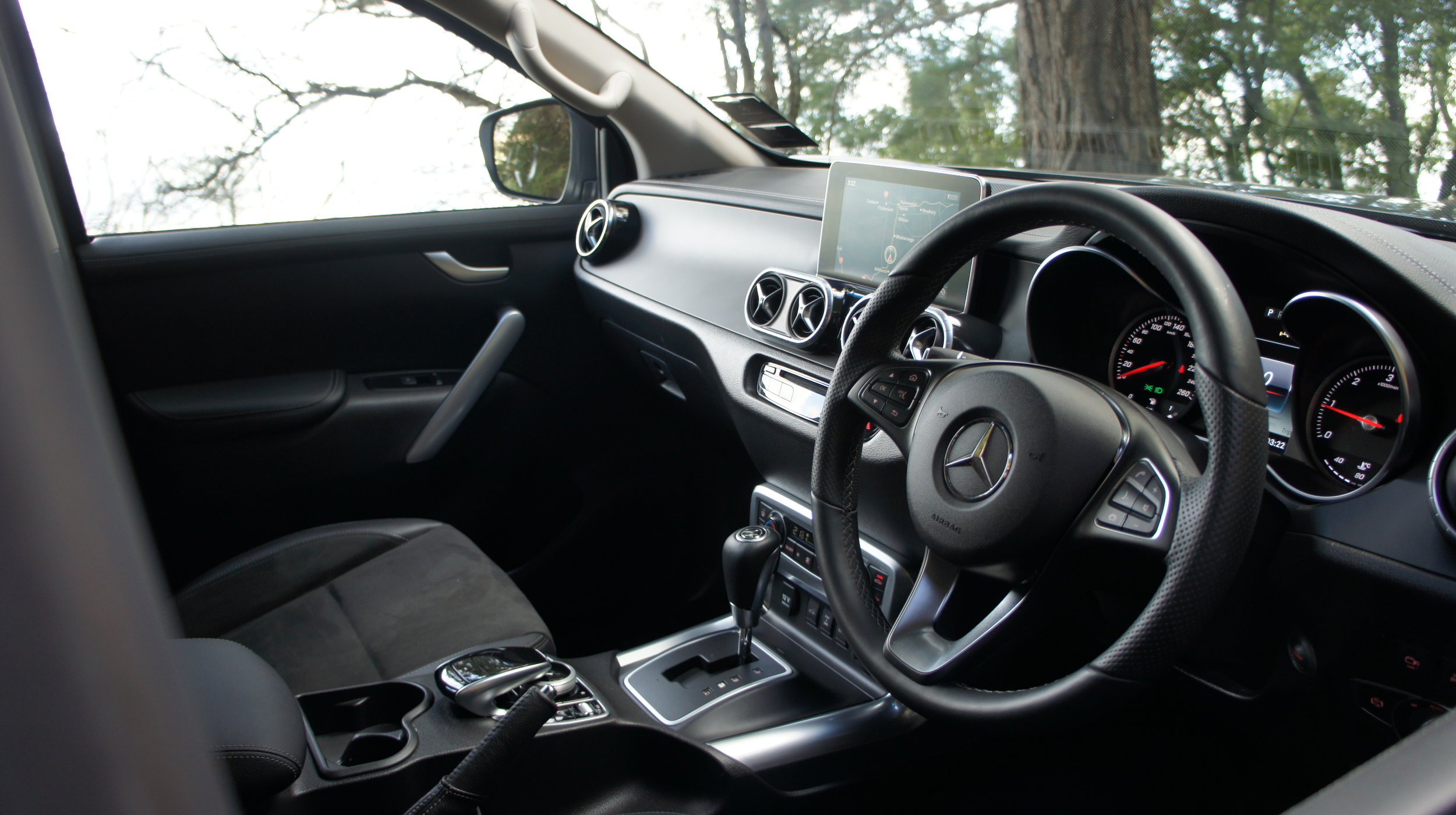

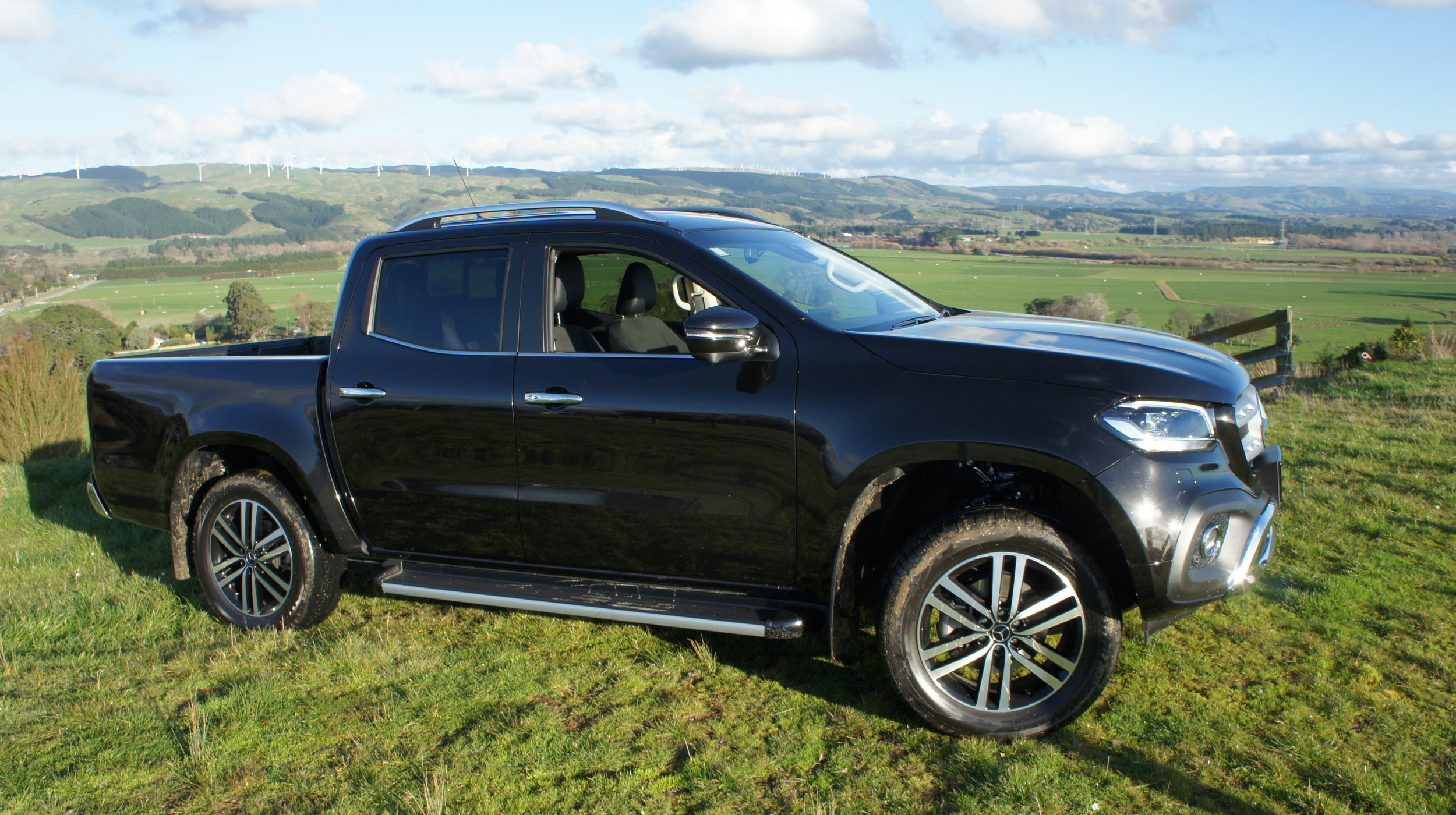
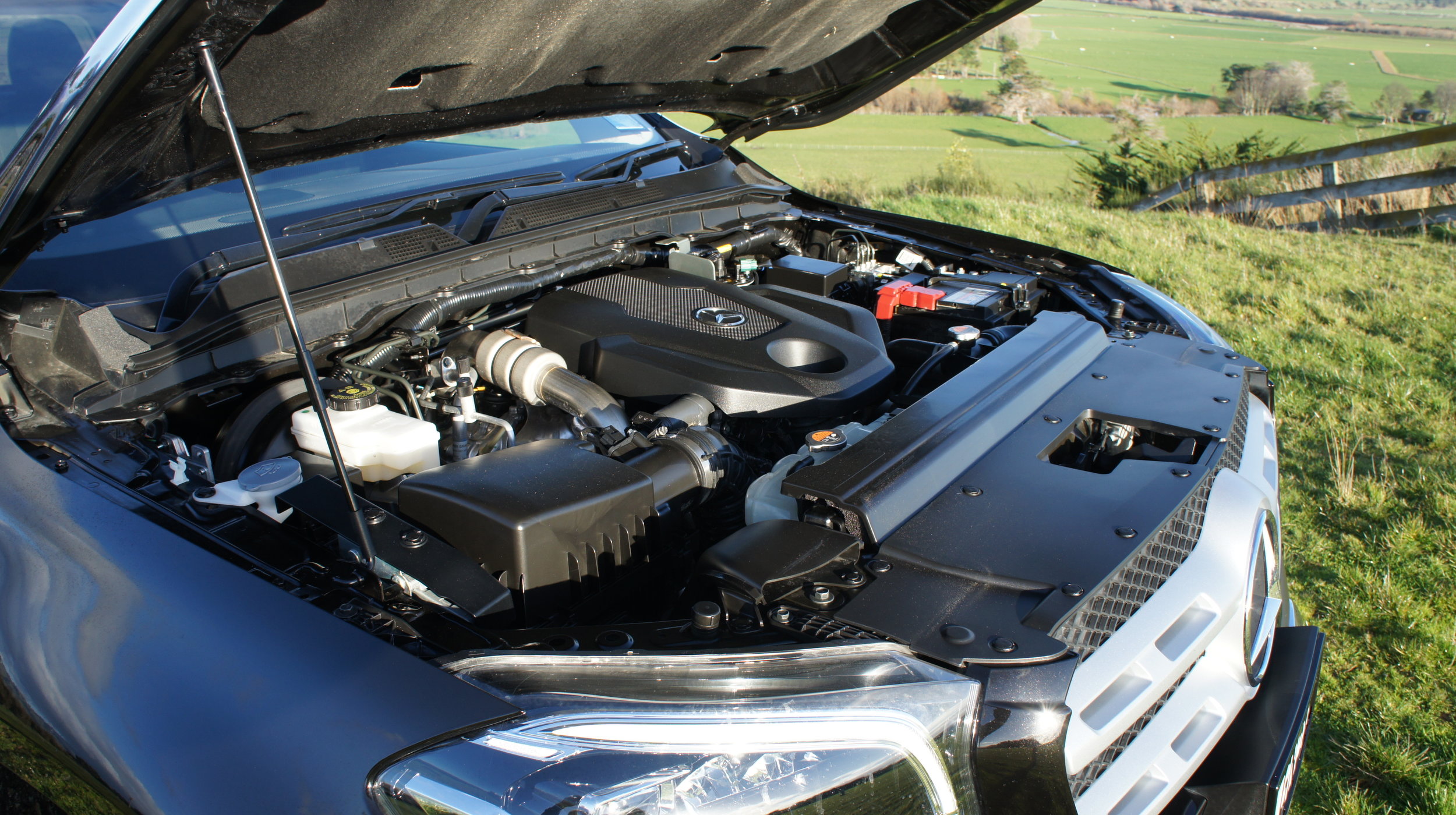
Anyway, the point is that there more differences than meet the eye; more than you expect, even, given there is barely $4000 between them when recommended retails are given consideration.
Which they need not be, for reason that Nissan’s tag seems to be nominal – during course of researching this story, a dealer advised a significant (REALLY significant) discount is easily attained for the ST-X – whereas the Mercedes tag seems far less flexible and, in this instance, was increased by the test example having a style pack (privacy glass on the rear windows, an electric rear window – which ST-X has anyway – side steps, roof rails and 19-inch alloys), which adds $6000 to the a $66,200 base tag that already makes this the priciest four-cylinder one-tonne ute.
As a conjoined model, it is a compromise. And with Benz buyers being a notoriously tough crowd to please, will potential X-Class buyers be dismayed at the quality of the Nissan-based truck regardless of all this improvement?
That the X-Class delivers all that is good about the Navara is a great start; that it builds upon it with styling that is truly Benz in flavour all the better.
Yet this test reinforced it doesn’t match the material qualities of other Benz commercials, or cars. For all that has been done to it, the interior is not quite what you're expecting of a (likely expensive) vehicle wearing the three-pointed star. That it also maintains some of the stuff that has hampered the Nissan might not seem good enough, either.
Some might say the X-Class doesn’t quite deliver with its Nissan key fob and inability to engineer an improvement on Navara’s daft dollar-scrimping provision of a non-adjustable steering column. There’s plenty more - the plastics in the bottom part of the cabin, the switches and the two-to-four wheel drive selector dial – crossing from the donor that would never be acceptable in a full-blooded Benz.
Yet, the world’s first ‘Gerpanese’ ute also delivers something tangible extras that other sector performers could do well to take heed of. The primary one is the refinement.
Driving the Nissan shows how steep a challenge Benz faced when setting out to make the cabin a quiet zone. The 2.3 is a strong unit but it's not the quietest or most refined engine in the world, or even in this class. Yet those impressions are gained from the Navara. The X-Class is a revelation: There is hugely less pitch to the engine note and quite a lot less gruffness. While the primary aim has been to defuse the audibility issues, wind rustle and tyre-generated roar is also down.
The effect of stuffing additional sound deadening into every possible crevice shows on the scales and against the stopwatch. At just over two tonne at the kerb, the Benz is over 300kg heavier than the equivalent Navara.
Does it need more oomph? The four-cylinder Nissan is no sprinter, but it’ll always beat the Benz, which is among the slowest in the pack with a 0-100kmh time of 11.8s. But, hey, performance that’s more incremental than incredible is far from unusual with this kind of truck. That fact that this engine is sometimes straining makes the fact that it’s never irksomely loud when doing so further enhances the value of the rework.
The torque side of things is not so bad. It has enough muscle to meet the expected mandates of being able to take a tonne on the deck and up to 3.5 tonne on the hook (though not all at once). But there isn’t huge power to play with. For that, you need to wait for the 3.0-litre V6 adding in December. That’s much more of a grunter, is smoother in its operation, more suave in its look and – with a better transmission and a full-time four-wheel-drive – a is more sophisticated all round.
The added kilos, additional strengthening and, in all probability, the revisions to the multilink rear suspension have positive effect on the ride, which even when unladen is pretty smooth, second only to the VW Amarok in my estimation. You’re in no doubt it’s a trad ladder frame chassis ute, but the tail movement is tangibly less choppy than normal and, again, beats the donor.
Same goes for other aspect of the driving demeanour; it’s just less like a commercial vehicle than you’d think, keeping its body movements well in check and surprisingly keen in the corners. You have to deal with slow-geared steering, but the weighting is reassuring and the feel remains even. Being meted disc brake all around is another costly but effective enhancement. It's a pleasing dynamic showing.
Enacting four-wheel-drive is just a matter of turning a dial; getting it back out again require a bit more patience and some backing up. We took it to a farm to try out the off-seal capability – and also take photos (that’s my neighbour Tony’s farm dog on the deck) – and it didn’t put a foot wrong. The carpets also sustained taking a muddy boot, too.
Still, even though it is capable of ute-usual stuff, there’s a lot about the Power’s kit content that makes it seem more destined to be used for recreation than toil, which is no criticism by any means when so many Ranger Wildtracks, Hilux SR5s, ST-Xs, Colorado Z71s and Amarok Aventuras. So it’s in good company and our feeling is that it gets into that club without losing any of that core ute credibility.
And who’s buying it? Well, we do note that this brand was enjoying the largest growth in the new light commercial sector year-to-date at the end of June.
You’d have to credit the X-Class for hitting that spot.

